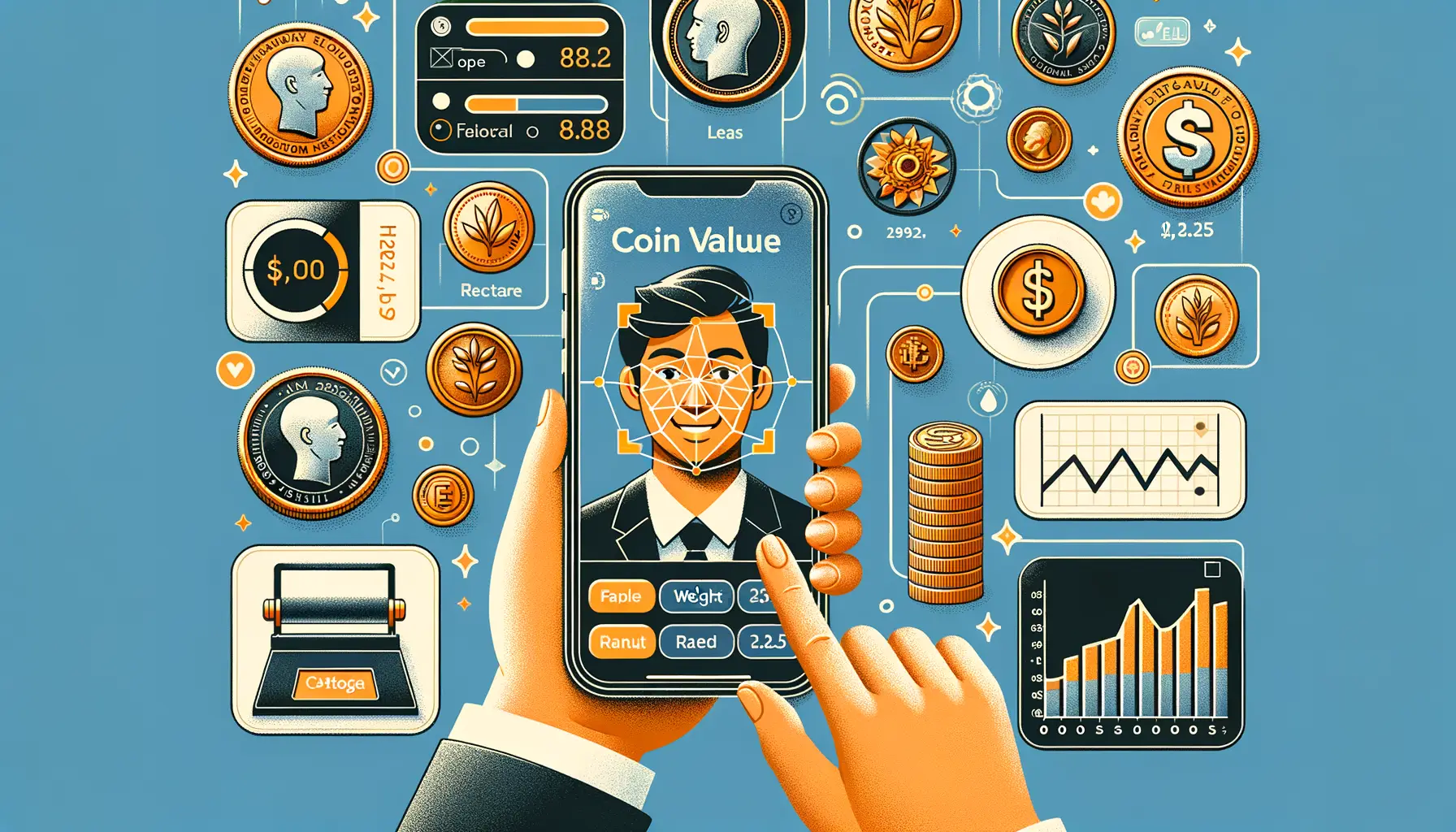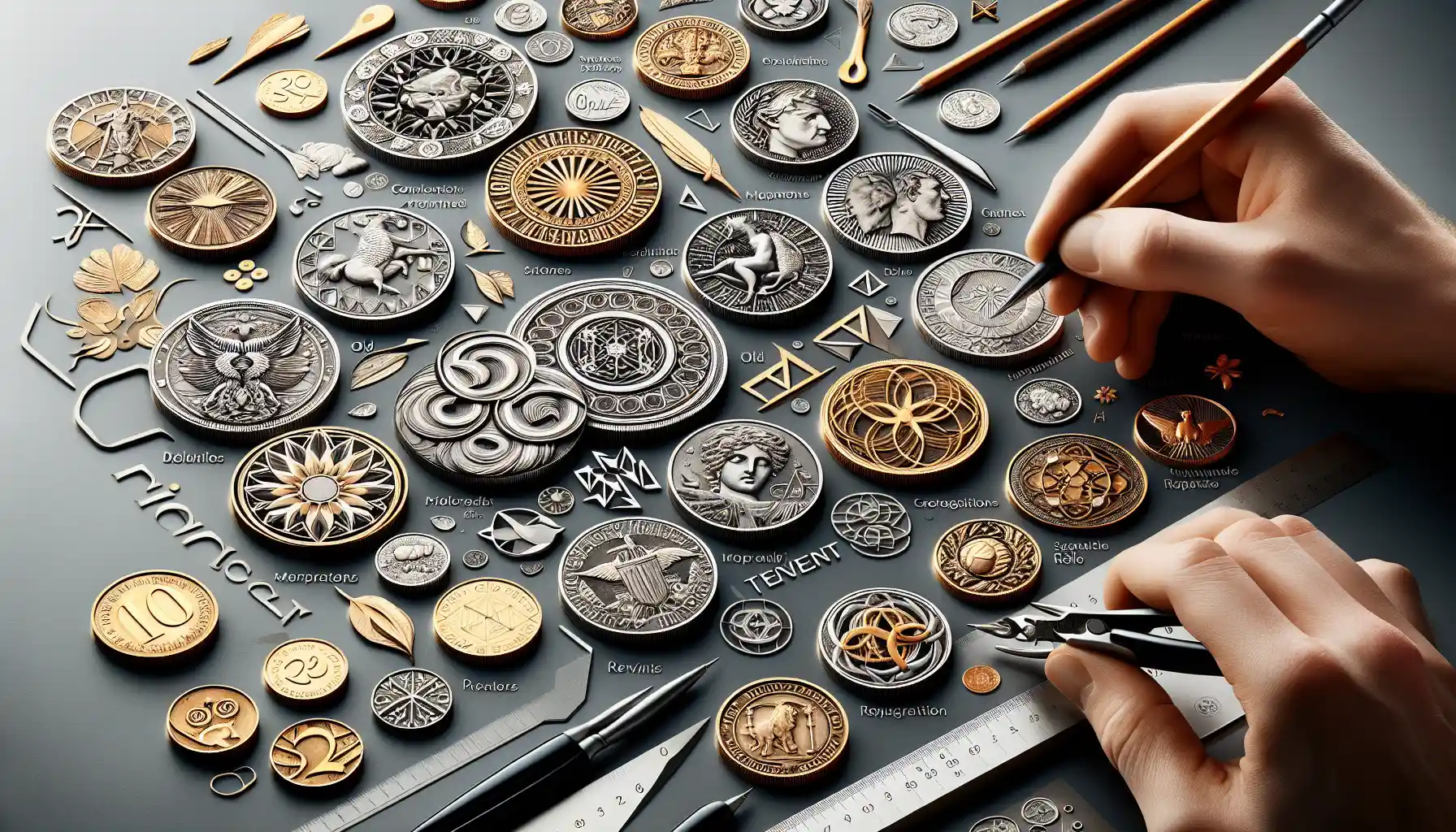Understanding the Basics of Coin Collecting
Start with the Story Behind the Coin
When you’re just starting out as a coin collector, it’s tempting to dive straight into acquiring shiny pieces that catch your eye. But here’s the thing: coins are more than just metal—they’re tiny time capsules, each with a story waiting to be uncovered. Missing out on this aspect is like watching a movie with the sound off.
Take, for example, a humble 1943 steel penny. At first glance, it might look like just another coin. But did you know it was minted during World War II when copper was needed for ammunition? Understanding these stories not only deepens your appreciation but also helps you spot valuable finds.
Quick Tip: Before buying any coin, ask yourself: What makes this piece unique?
- Does it have historical significance?
- Is it part of a limited mintage?
- Does its design reflect a particular era or event?
By focusing on the narrative, you’ll avoid the rookie mistake of collecting without purpose—and trust me, your collection will feel far more meaningful.
Recognizing and Avoiding Overpaying for Coins
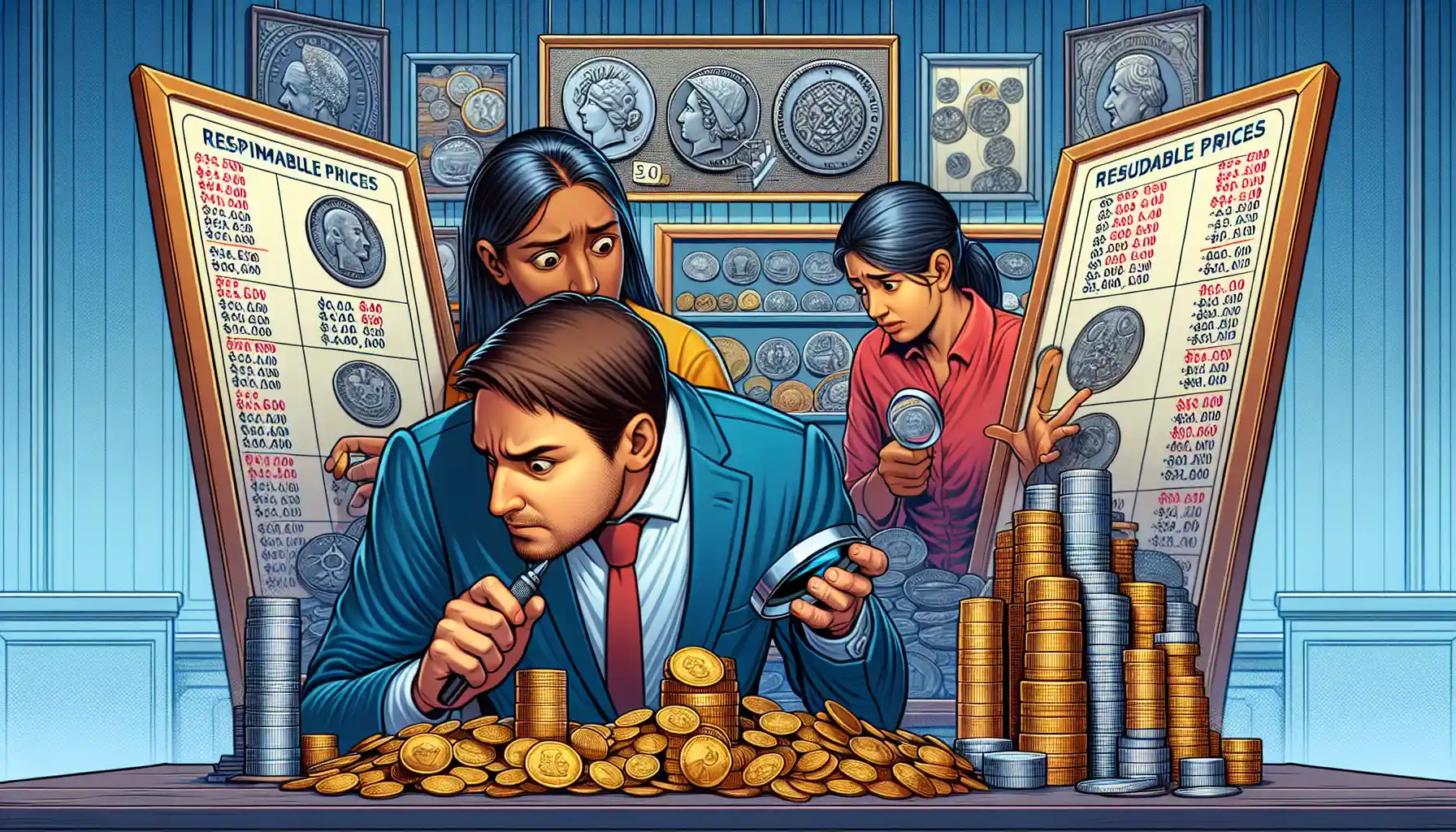
Why Rushing Into Purchases Can Cost You
Picture this: you’re standing at a coin shop, heart racing, holding what looks like the crown jewel of your new collection. The dealer is telling you it’s a rare find, and you’re tempted to swipe your card without a second thought. But here’s the thing—overpaying happens faster than you can say “numismatics.”
When you're starting out, it’s easy to get caught up in the excitement. Sellers might use terms like "
rare," "
uncirculated," or "
investment-grade" to justify a hefty price tag. However, these labels can sometimes be more sales pitch than substance.
Here’s how to guard your wallet while growing your collection:
- Research similar coins online to gauge their typical value before committing.
- Use trusted pricing guides like the Red Book or online auction archives to verify worth.
- Avoid impulse buys; take time to reflect and compare prices from multiple sources.
Remember, every coin has a story, but that story shouldn’t include you overpaying by hundreds of dollars. Patience and knowledge are your best allies!
Properly Handling and Storing Your Coin Collection
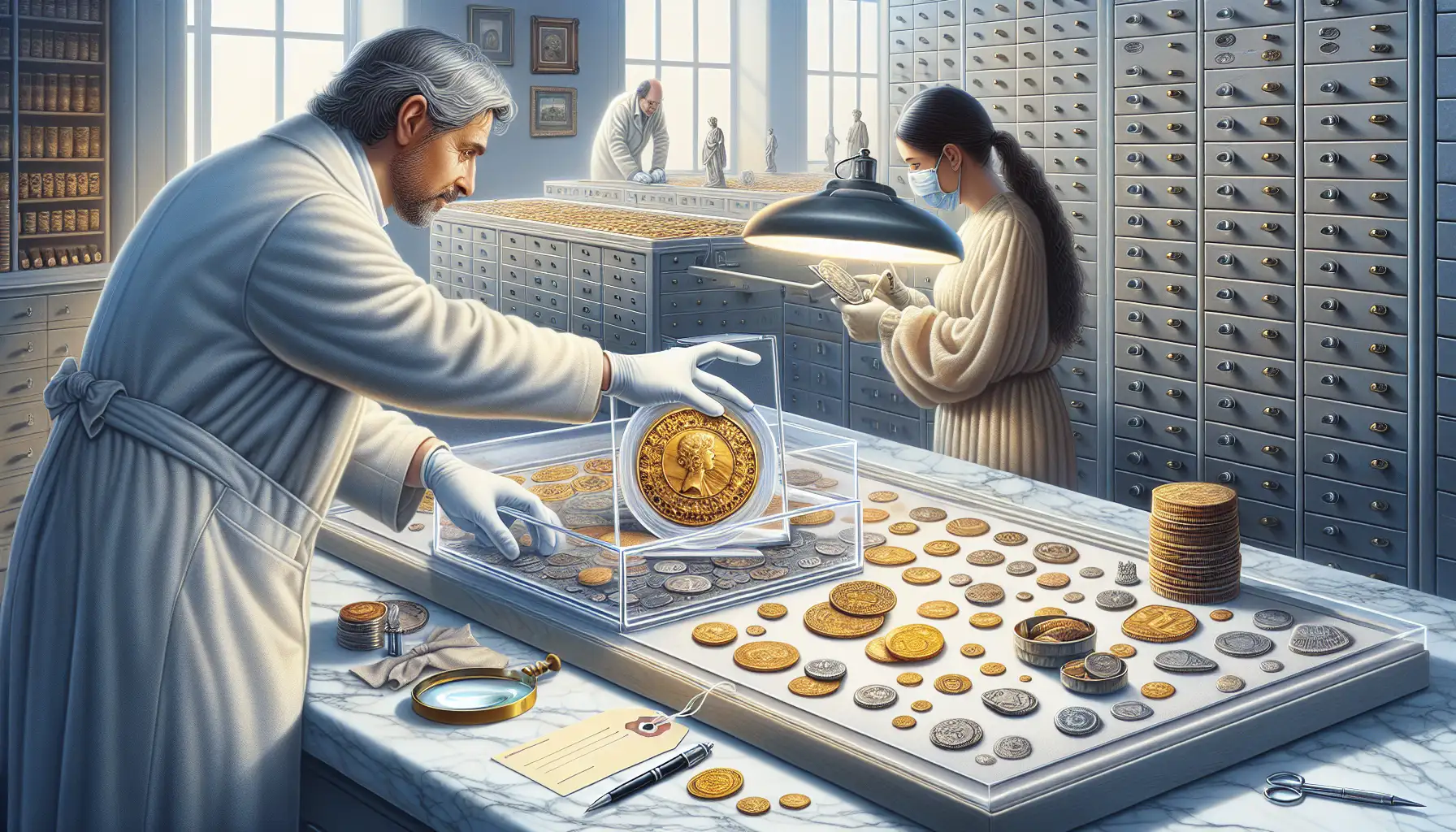
Why Your Coins Deserve the Royal Treatment
Picture this: you've just acquired a gleaming 1909-S VDB Lincoln cent, its surface shimmering like a golden sunset. Now imagine scratching it because you grabbed it with bare hands or tossed it into a random drawer. Ouch, right? Coins are delicate treasures, and treating them carelessly is like throwing fine china into a backpack.
Here’s the secret: always handle your coins by their edges—never the face. Even the cleanest fingers leave behind oils that can tarnish surfaces over time. Want to go pro? Invest in a pair of soft cotton gloves. It’s like rolling out the red carpet for your collection!
Storing Your Coins: Where Magic Meets Science
The key to storage? Think stable, not stylish. Coins thrive in environments with low humidity and consistent temperatures. Avoid cardboard flips unless they’re archival-safe; the wrong materials can leach chemicals and harm your beauties. Instead, opt for:
- Airtight capsules: Perfect for prized pieces you want to showcase.
- Mylar flips: Affordable and protective, without breaking the bank.
- Coin albums: Great for organizing while keeping them safe from scratches.
Remember, your coins are silent storytellers of history. Let’s ensure their tales shine forever!
Researching and Verifying Coin Authenticity
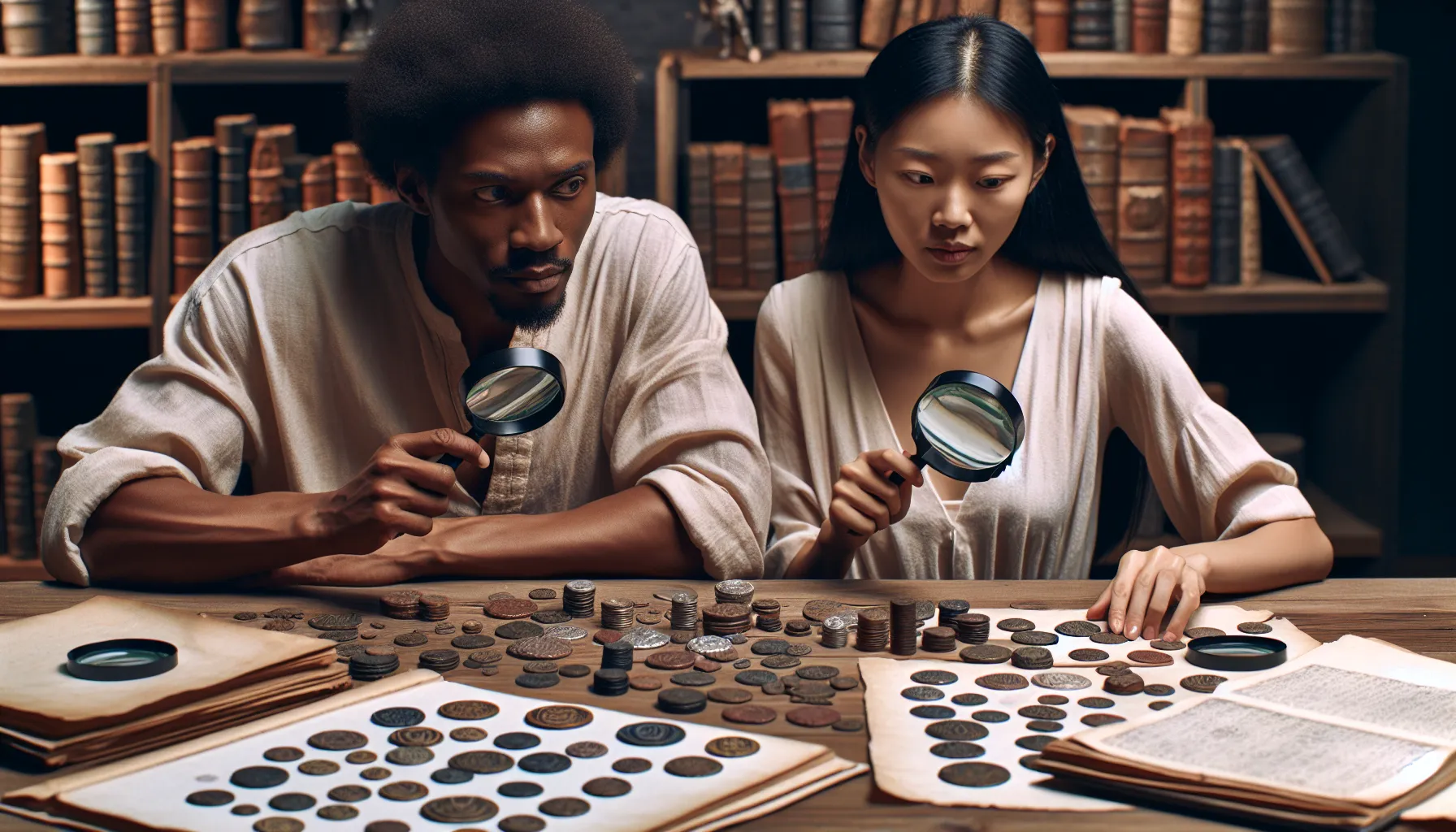
Why Trusting Every Coin at Face Value Can Be a Costly Mistake
Imagine this: you’re holding a coin that looks ancient, feels heavy in your hand, and whispers tales of history. But here’s the kicker—what if it’s a fake? New collectors often fall into the trap of trusting appearances alone, and that’s where the heartbreak begins.
Before you get swept away by the excitement, take a moment to dive into the details. Research is your best friend here. Start with reliable sources like the
Red Book (A Guide Book of United States Coins) or the
American Numismatic Association. These resources are gold mines for identifying genuine coins and understanding their value.
And don’t forget about professional verification. Reputable grading services like
PCGS or
NGC can confirm authenticity and even assign a grade to your coin. Yes, there’s a fee involved, but think of it as insurance against disappointment.
- Check for unusual weight or dimensions—fakes often miss the mark here.
- Look for suspicious wear patterns; they can reveal counterfeit molds.
Bottom line? When in doubt, always verify. Because nothing stings quite like discovering your treasure is fool’s gold.
Building a Long-Term Strategy for Successful Coin Collecting
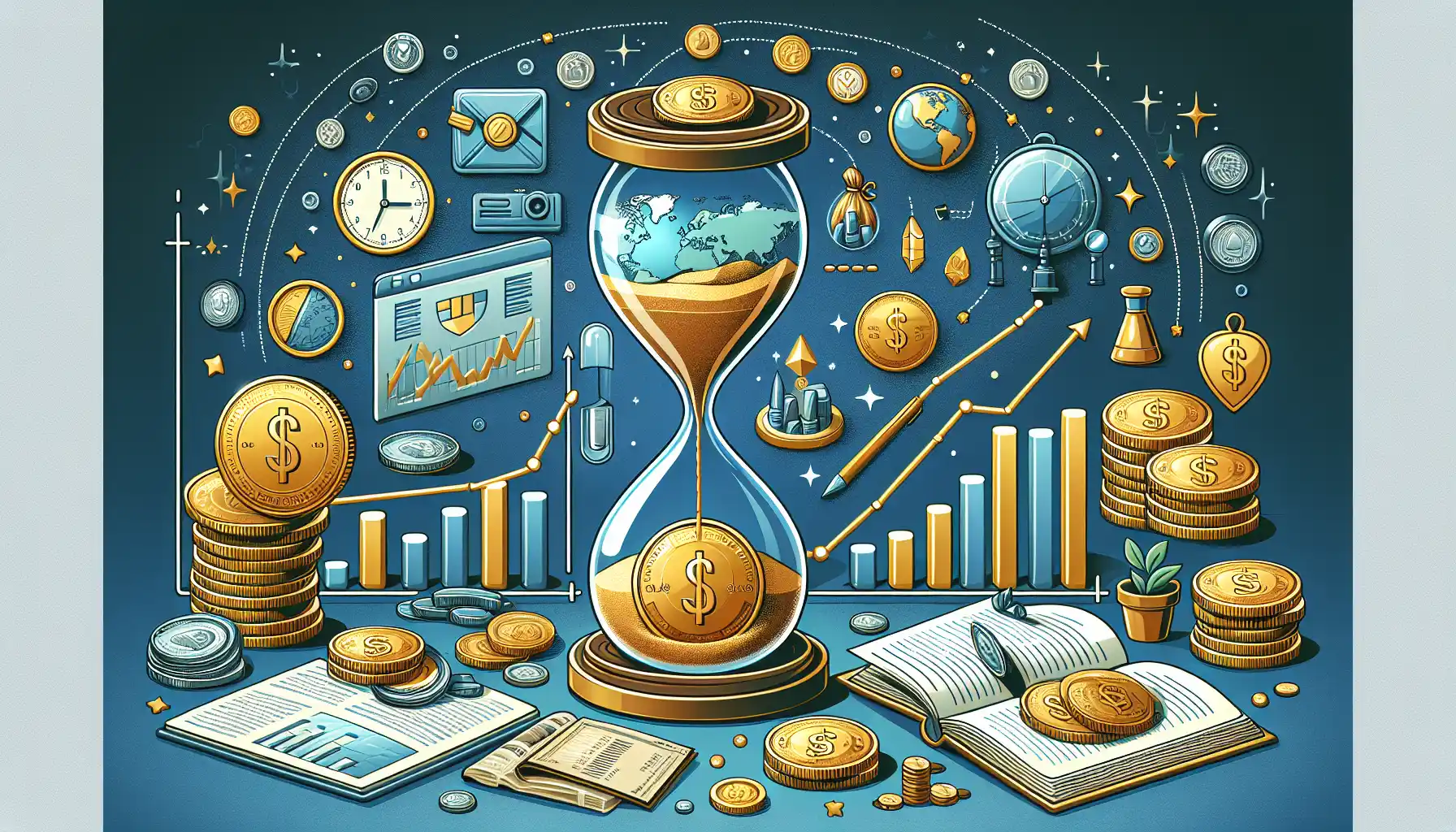
Think Big, Start Small: Building a Collecting Plan
Starting a coin collection without a plan is like setting sail without a map—you might end up somewhere interesting, but chances are you’ll feel lost. Many new collectors dive in headfirst, scooping up coins at random, only to later realize their collection feels more like a pile of spare change than a curated treasure.
Here’s the secret: a little strategy goes a long way. Begin by asking yourself what excites you most. Is it the shimmer of
silver dollars? The intricate designs of
ancient Roman coins? Or perhaps coins tied to specific historical events? Let your curiosity guide you.
Once you’ve identified your passion, focus on building your collection deliberately. A good plan might include:
- Researching key coins in your chosen category.
- Setting a realistic budget to avoid overspending.
- Learning how to spot counterfeits—knowledge is your best defense!
Remember, every great collection starts with that first thoughtful purchase. Don’t rush; savor the process. Think of it as planting seeds for a garden—you won’t see blooms overnight, but with care and patience, something extraordinary will grow.






